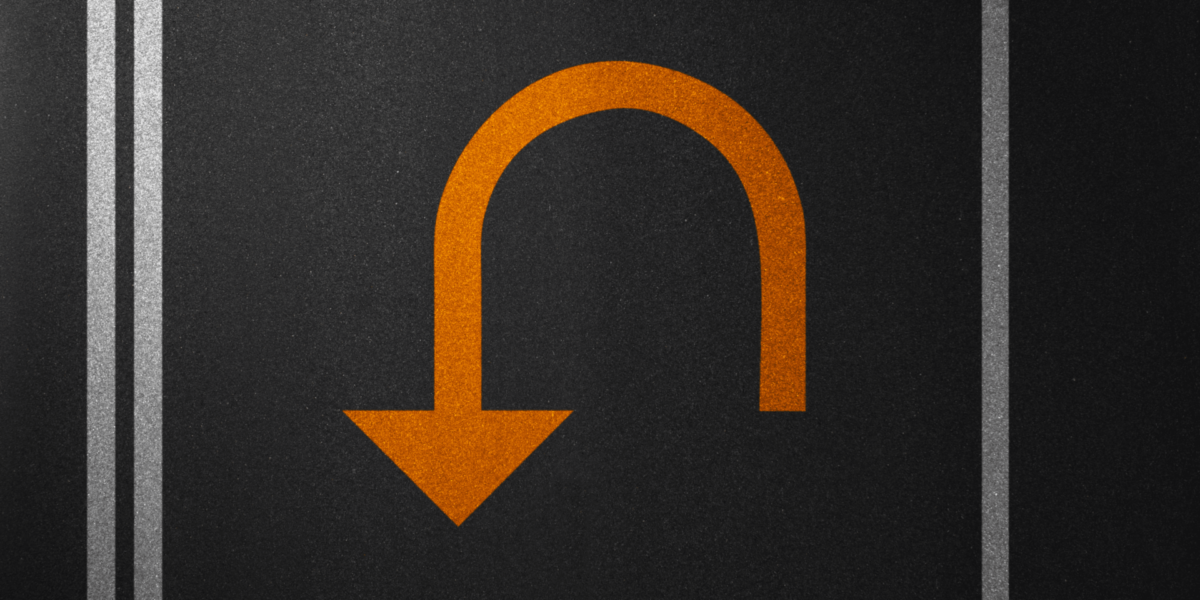Cultural Shifts Begin by Revisiting the Past
When modern culture reaches saturation, many creators and thinkers look backwards. This reverse movement isn’t nostalgia. It’s a strategy to reconnect with ideas and structures lost in the rush toward constant innovation.
A creative team designing a new platform may choose to base the interface on outdated operating systems, not as a gimmick but as a way to slow down user behavior. In doing so, they signal a break from frictionless consumption. The visual language of the past becomes a tool for questioning the pace of the present.
Reverse Style Acts as a Form of Critique
Styling in reverse isn’t about copying old trends—it’s about critiquing the present through intentional contrast. When visual, musical, or architectural choices lean into historical modes, they create friction with what’s currently accepted as modern or efficient.
An artist may use obsolete printing techniques in a digital exhibition. This decision disrupts the viewer’s expectation of seamless interaction and forces attention on material processes. It slows down interpretation and invites reflection. The style communicates resistance to automation and disconnection.
Backward Movement Builds Emotional Connection
Reversing style builds emotional depth by tapping into collective memory. People recognize visual forms, sounds, or textures they’ve experienced before—even if they can’t place them. This creates familiarity without relying on sentimentality.
In a workplace setting, a brand might choose typography that resembles early print design. This isn’t for aesthetic charm. It’s a deliberate move to evoke a feeling of permanence and trust, which stands in contrast to the fleeting nature of digital advertising. The audience responds not just to how it looks, but how it feels to recall a different pace of communication.
Older Systems Encourage New Thinking
Working within the constraints of outdated tools often forces innovation. Style in reverse relies on limited palettes, slower production methods, or tactile formats that challenge current standards of speed and clarity.
A design team may create a web experience modeled after early dial-up interfaces, using pixelated graphics and deliberate loading delays. This doesn’t frustrate—it provokes. The user experiences tension, which prompts questions about efficiency and its cost. By going backward, the team builds forward-thinking critique.
Reverse Design Rejects Standardization
Modern culture favors sameness. Templates, filters, and guidelines create predictable outcomes. Reverse style interrupts this pattern by borrowing from eras that celebrated individuality, imperfection, or analog randomness.
Imagine a communications team rejecting algorithm-optimized visuals for hand-scanned images and typewritten text. This shift breaks the rules of corporate branding, but it captures attention. Viewers notice when something doesn’t match the expected format. In that pause, meaning can take root.
Memory and Meaning Shape Visual Direction
Style in reverse depends on how memory shapes design choices. Recycled forms become meaningful when their origin stories remain visible. The viewer connects not only with the image, but with its history.
An independent publisher might produce a zine using Xerox machines and hand-stapling. This decision isn’t budget-driven. It’s strategic. It makes the material object stand apart from digital noise and reminds the reader of physical creation. The memory of past forms becomes part of the message.
Going Backwards Resists Commercial Pressure
In a market-driven environment, forward motion is often tied to profit. New features, trends, and products constantly appear, pushing consumption. Reverse style breaks that cycle by refusing novelty as the main value.
A collective may choose to release a limited-run product in packaging designed to degrade over time. This decision counters the drive for endless production and durability. It shifts the focus from profit to impact. Going backward becomes a tactic for slowing down the rate of change and consumption.
Time Distortion Encourages Critical Engagement
Style in reverse bends the timeline. It makes old things feel current and modern things feel outdated. This time distortion encourages users to think critically about what defines “now.”
A multimedia project that mixes analog film, rotary-dial sound, and machine code can feel disjointed at first. But this blend makes space for unexpected thought. Viewers stop trying to categorize the piece and start engaging with the questions it raises about time, memory, and identity.
Reclaiming Obsolete Forms Builds Autonomy
Reusing old styles and tools gives creators more control. Instead of relying on proprietary software or high-tech platforms, they operate within systems that require manual work, craft, and intentional design.
In a community initiative, organizers may use printed flyers and public notice boards instead of social media. This approach avoids digital tracking, promotes local interaction, and reclaims control of message delivery. The outdated form becomes a source of strength, not weakness.
Cultural Power Grows from Strategic Reuse
The power of reverse style lies in strategy, not repetition. It doesn’t copy the past—it uses the past to shape the future. This is not nostalgia, but cultural momentum driven by awareness.
When a style carries layers of history, it gains density. Each choice—material, font, color, process—adds meaning. Together, they tell a story about resistance, intention, and vision. Going backwards isn’t about returning. It’s about building forward with knowledge, not just speed.
